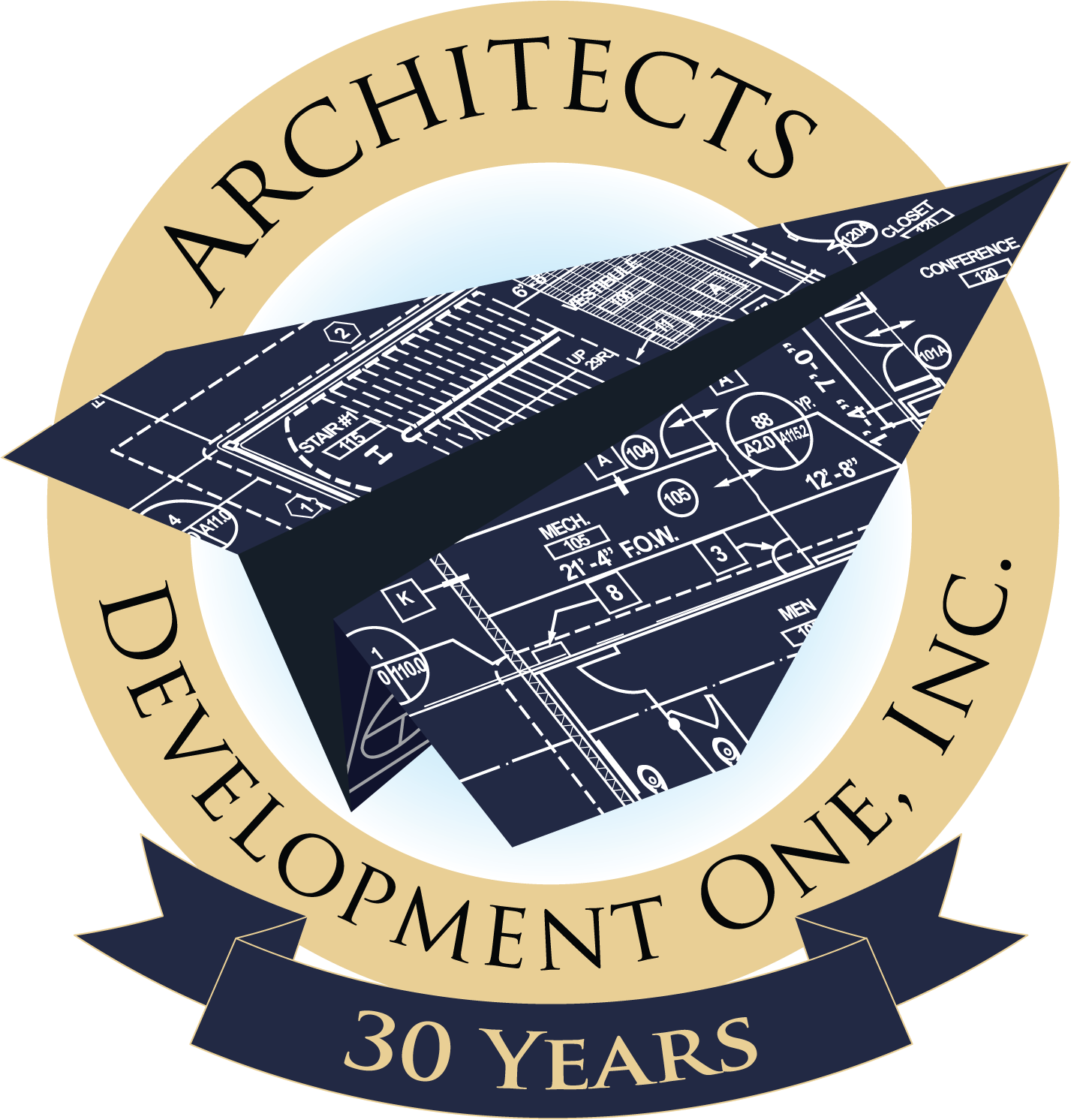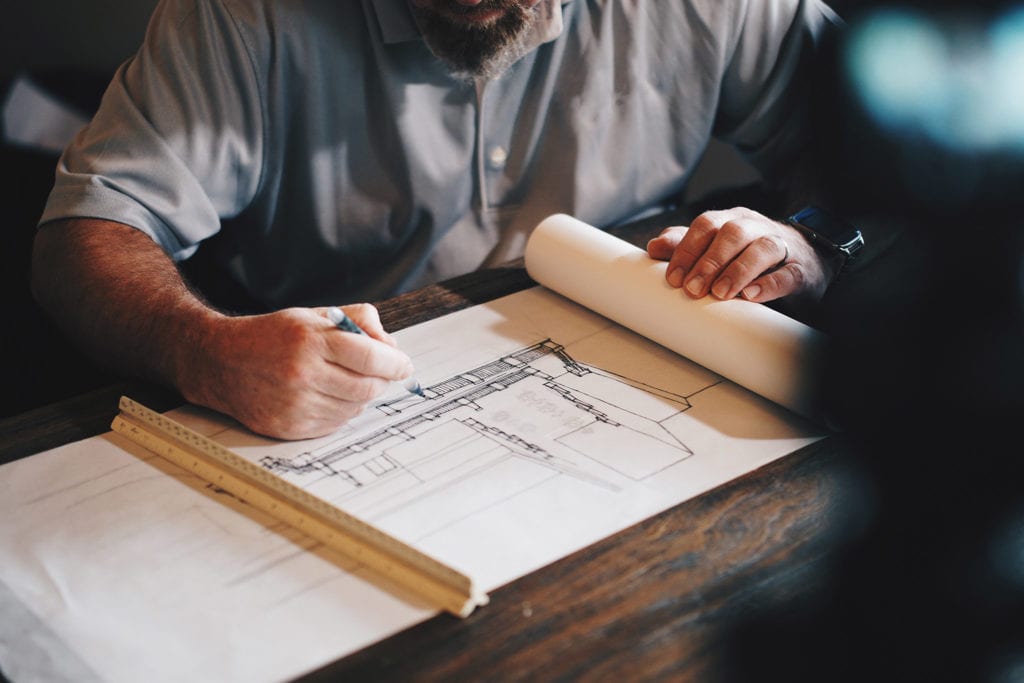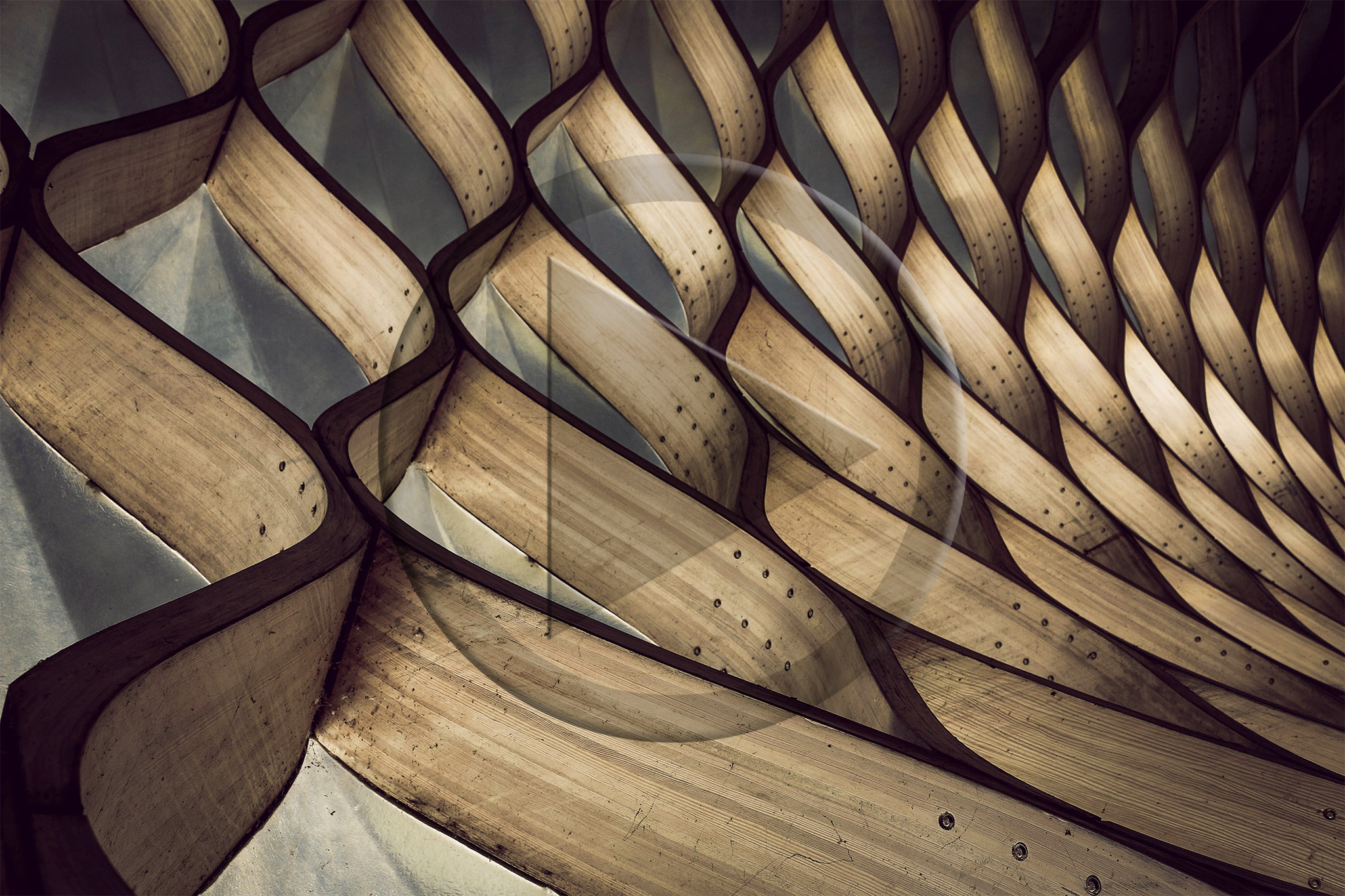Architecture Plans are Critical to the Project
Communicating a project is critical. Everything from the delivery to the drawings to the presentation is important. To be able to communicate your design to the client, you must have architecture plans that will persuade and help them to understand the project. This helps them want to go forth with that design.
Ultimately, it comes down to the drawings. They say a picture’s worth a thousand words, and it is. When we’ve had clients come in to look at the design, they tell us that they shed a tear when they saw the project. And that is what we are trying to achieve, an emotional involvement that helps them buy into this project. That will help them feel comfortable going forward in this design process.
The design process starts at the very beginning with us. They still have a long way to see it come to fruition, pull their building permits, go out to bid, and then start construction. The process is grueling. We are at the forefront of these processes until we set the stage for them going forward. So have to make sure that that stage is set properly by us. This is critical.
How We Present at DevelopmentOne
The way I present the architecture plans starts with the drawings. I usually like the clients to take a look and let it sit and simmer. That way, they are able to absorb visually what is coming in, what it is that they’re able to see. Then I will go ahead and describe the concept of the project.
I remember being at the University of Washington. There was one instructor that said the way you start your presentation, you start by saying, “the concept of my project is” and fill in the blank. And from there, the presentation will evolve. To this day, I still do that. I still present it that way, I still talk to my clients that way.
Other Ways to Present Architecture Plans
There are other ways to do it. Sometimes I will prime them with some background on the project. This includes the things that we discovered, and some of our relevant philosophies. After that, we describe the concept. Then I will present the drawings. I will start with a strong drawing, I will ease off in the middle, then I will finish strong. That’s how I usually do it. And I’m also very attentive to their response, to their reaction.
In the end, I need to make sure that I have bought into this design. At the very beginning, I’ve embraced the design and I’m able to sell it. They say that we’re all salesmen, right? In our own practice, in our own disciplines. We are all in the sales business.
Helping the Comfort of Your Client
So for me, it’s the selling of a design. I need to persuade my client to be able to understand the design. I need for him to feel comfortable moving forward with it. Our drawings contain everything that is involved in the construction of the project. The architect handles the architecture plans. That means both the visual and the functional parts of the building. Their input in the plan checking, the standards set from the beginning is central to the project. We meet the criteria, we meet with the client.
But we also need to be able to master all the other disciplines, including:
- structure
- mechanical
- electrical
- structural
- civil systems
- landscaping
- lighting
- power
Consultants Help Architecture Plans Become Reality
We need to be able to master all those disciplines even though we don’t engineer them every day. That is why we hire consultants that are able to team up with us. To be a part of our team. In our case, we have many consultants in various disciplines. They complement us. These are consultants that have been working with us for many, many years. They’re almost part of the team here at DevelopmentOne as if they are working here full-time. They do this every day and have strong experience in those areas. That is why we bring them in to handle those disciplines. Then we choreograph them together, to bring them all together in one project site. That’s where the project management at DevelopmentOne comes together, and we’re good at it.




